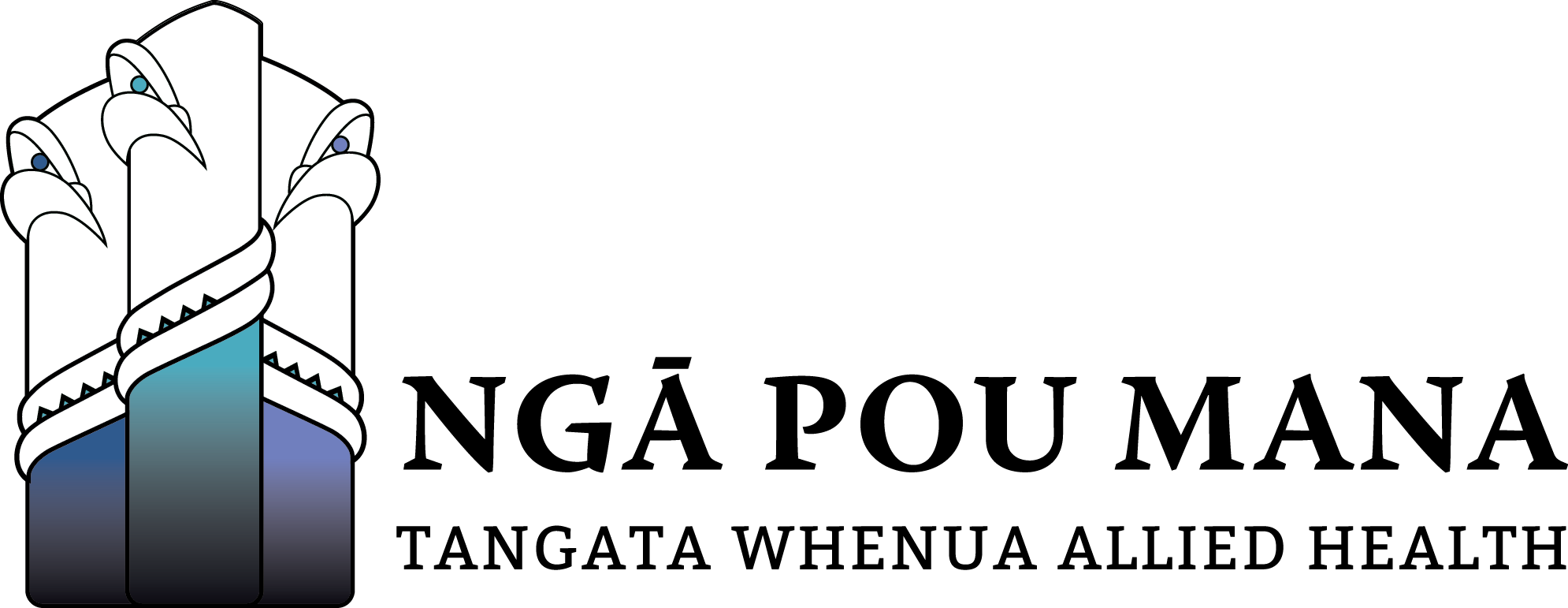Tennis elbow occurs when the tendons connecting the forearm muscles to the elbow bone become irritated and inflamed, leading to pain.
Despite the name, this condition is not limited to tennis players. It is caused by repetitive movements, overuse or overloading of the elbow joint.
Tennis elbow is a common injury, and there are many treatment options available.
So, how can physio help tennis elbow? And how effective is it as a treatment? Let's take a look.
What causes tennis elbow?
Tennis elbow is caused by repetitive movements of the arms and wrist.
Overusing the forearm muscles irritates the tendons in the elbow, leading to pain outside the elbow that can travel down the forearm.
Tennis elbow can be caused by activities such as:
- Tennis and other racquet sports
- Painting
- Gardening
- Other repetitive movements, e.g. typing, using a hammer
Symptoms
Elbow pain is the primary symptom of tennis elbow, and it can spread to the forearm and wrist.
Repetitive movements gradually worsen the pain and can lead to further injury.
You may experience weakness or stiffness in the forearm, swelling in the area, and pain when you straighten your arm.
During a physical examination, you will feel pain in the lateral epicondyle (the bony area on the outside of the elbow).
In severe cases, you may experience neck tenderness or pain radiating through the hand to your fingers.
If you are concerned about pain management, seek advice from your doctor.
Physiotherapy treatment
Tennis elbow can sometimes get better on its own. Still, it usually takes six months to two years to resolve after ceasing the activity that caused the injury.
Can physiotherapy help with a speedier recovery?
Yes. Physiotherapy treatment can effectively reduce pain associated with tennis elbow while supporting improved function and movement.
Before starting treatment, your physiotherapist will assess your injury to ensure the diagnosis of tennis elbow is correct.
Then, your physiotherapist will complete a thorough assessment and create a personalised treatment plan for your recovery.
Your treatment may include:
- Specific targeted exercises
- Manual therapy
- Strengthening and weighted exercises
- The use of a tennis elbow brace or strapping
Manual manipulation of the elbow by your physiotherapist and completing prescribed exercises can be very effective in managing and treating tennis elbow.
The use of physiotherapy has both short- and long-term benefits for people with tennis elbow.
As well as reducing pain, physiotherapy can facilitate repairs within the tissues, strengthen forearm muscles, restore normal function in the area, and allow for normal range of motion in the joint.
Other tennis elbow treatments
Other treatment options include:
- Ice: Though not a long-term solution, icing your elbow can reduce inflammation and offer temporary relief.
- Anti-inflammatory medication: Over the counter anti-inflammatories, such as ibuprofen, offer temporary relief from pain and inflammation while treating the injury.
- Activity modification: you will need to stop, or modify any activities that are aggravating your elbow.
- Steroid injections: As prescribed by your doctor. An injection is administered directly to the affected area to reduce inflammation in the short term.
Get help with your pain
Although tennis elbow might resolve itself, it can take years before the pain completely disappears.
Physiotherapy can significantly speed up your recovery while reducing pain and the risk of further injury.
Physiotherapy is the best treatment for tennis elbow and improves strength and function to help avoid re-injury.
In addition, physiotherapy is shown to be a more effective treatment option for tennis elbow when compared to steroid injections alone.
Don't let pain hold you back.
Making an appointment is the first step toward reducing your recovery time, managing your symptoms, and improving the overall function of your elbow and arm.
Our friendly and experienced physiotherapists offer personalised advice and manual therapy to treat your injury, so you can get back to doing what's most important to you.
Get in touch to start your recovery journey today.


